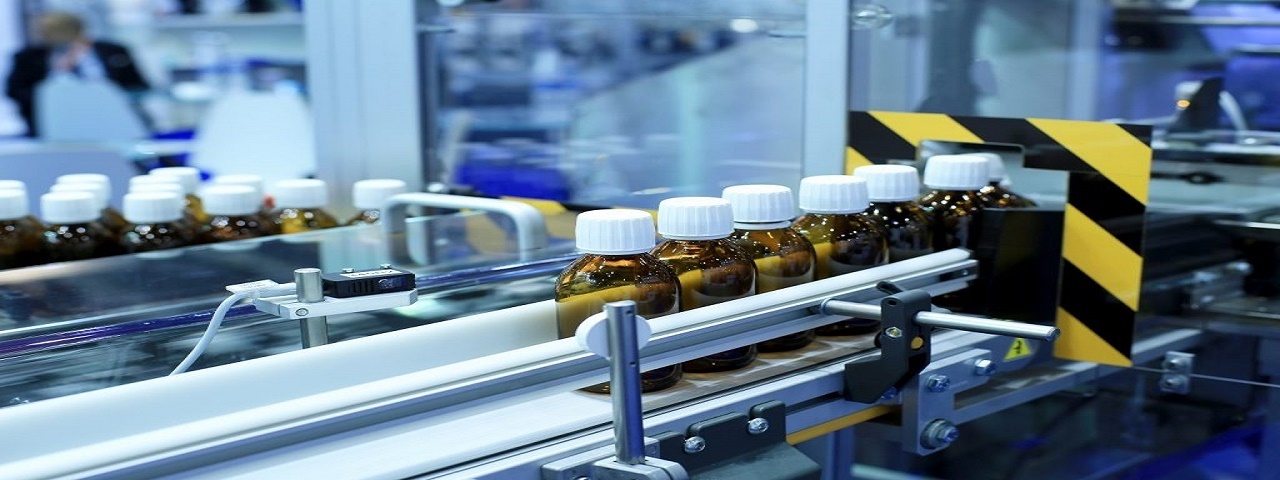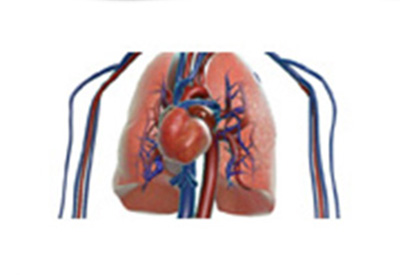WHAT IS PULMONARY ARTERIAL HYPERTENSION (PAH)?
PAH is a serious condition that affects the blood vessels that carry blood from the heart to the lungs. These blood vessels are called pulmonary arteries.
As PAH develops, the pulmonary arteries become narrow. The walls of these vessels also become thicker and less flexible. This narrowing of the pulmonary arteries restricts the blood flow to the lungs, which makes it harder for the heart to pump blood through the arteries. Trying to maintain the blood flow, the heart has to pump with higher pressure.
The right side of the heart has to work harder to pump blood, with a higher pressure, through these vessels and into the lungs. This causes the right side of the heart to become thicker and enlarged.
In some cases, over a period of time, the heart can become tired and overworked. Less blood will circulate through the lungs, picking up less oxygen overall. This may make people with PAH feel tired and breathless. If PAH is not treated, the heart can wear out from the effort of trying to pump blood through the lungs.
SIGNS AND SYMPTOMS OF PAH
The first symptoms are often noticed when undertaking physical activities, such as climbing upstairs, running, walking uphill, or carrying bags.
As PAH progresses, these signs and symptoms may be experienced more often and may start to impact the patient’s ability to undertake everyday activities.
Common symptoms include:
- Chest pain
- Limited exercise capacity
- Dizziness
- Fainting
- Chest tightness
- Abdominal bloating
- Breathlessness
- Swollen ankles and legs
- Fatigue
- Weakness
HOW COMMON IS PAH?
PAH is a rare condition that can affect women, men, and children of any age or ethnic background. However, PAH tends to be approximately twice as common in women than in men. Only about 15 to 50 people in a million are affected by PAH. This is why many people do not know about PAH.
DIAGNOSING AND TREATING PAH
PAH is a progressive disease and early diagnosis has been shown to be linked with better outcomes. However, PAH is difficult to diagnose. A key problem is that the early symptoms (breathlessness, dizziness and fatigue) are not very specific and can be easily confused with many other, more common conditions such as asthma, chronic obstructive pulmonary disease (COPD) or sleep apnoea.
It is important to start treating PAH as early as possible. Treating PAH as directed by a PAH doctor can help keep PAH from getting worse. While there is no cure for PAH yet, there are treatments that can help people manage their PAH.
LIVING WITH PAH
PAH affects many aspects of daily life and it can take some time to adjust to living with the condition. Charities and patient associations can offer practical information and support for patients and their friends and families.
Further information is available for patients and their carers:

